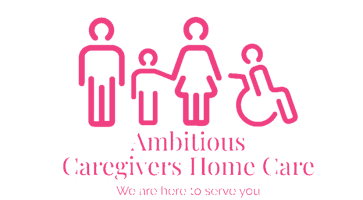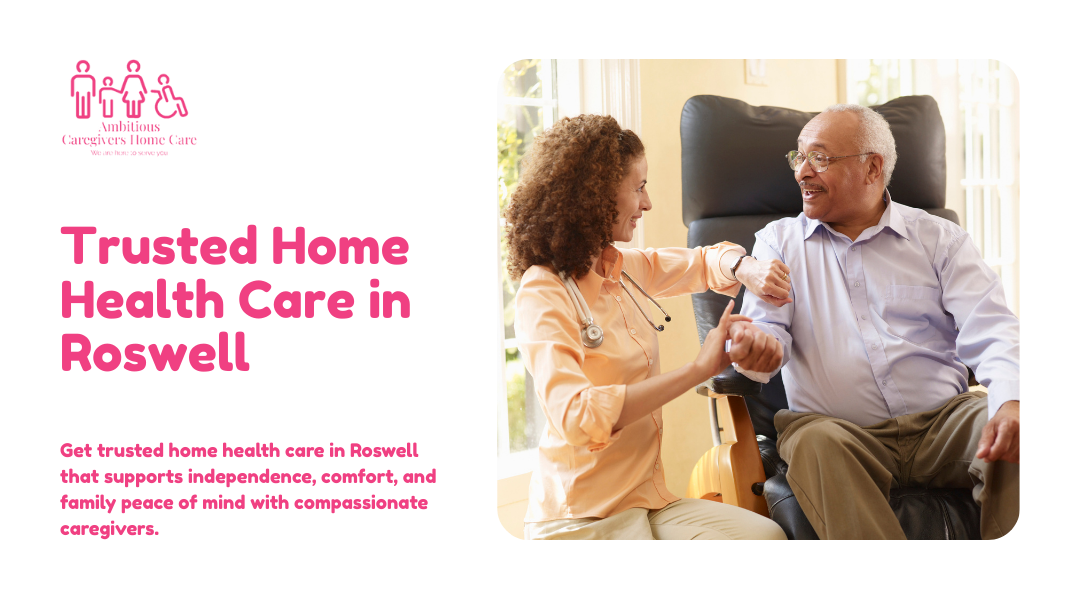Introduction
In today’s fast-paced world, families often find themselves juggling responsibilities for both the young and the old. With aging parents and young kids in the same household, managing care for both can be tough. But there’s a growing trend that makes life easier combining Child Care and elderly care under one roof.
This approach not only saves time and money but also creates a strong family bond. And with proper planning, the model works beautifully. In this article, we’ll explore the best ways to integrate Child Care and senior support services while keeping everyone happy, safe, and well-cared for.
Why Combine Child Care and Elderly Care?
Rising Demands on Modern Families
Today’s families face unique challenges. With more dual-income households and multi-generational living becoming common, parents often find themselves stretched between daycare runs and attending to aging parents. Combining Child Care and elderly care under one roof can simplify life. It helps streamline routines, reduce costs, and ease daily stress.
Emotional and Social Benefits
Beyond convenience, this setup also brings emotional perks. Kids get more love, patience, and wisdom from seniors, while older family members feel valued and connected. Grandparents often feel a renewed sense of purpose, and children learn empathy, respect, and understanding of aging something no classroom can teach.
Planning a Combined Care Approach
Assessing Individual Needs
The first step is to understand the unique needs of each age group. Children usually need structured Child Care routines filled with learning, play, and socialization. Seniors, on the other hand, might need help with mobility, reminders for medications, or just companionship. Matching the right support to each group is crucial.
Customizing a Shared Routine
It helps to create a routine that includes everyone. Here’s a simple example:
- Morning: Prepare kids for school; elders engage in light exercises or reading.
- Afternoon: Shared lunch; quiet time for both.
- Evening: Enjoy group activities like board games or storytelling.
Having a rhythm to the day can help reduce confusion, support consistency, and build stronger relationships.
Setting Up the Right Home Environment
Creating Safe Zones
Your home needs to be safe and accessible for both toddlers and seniors. This could mean child-proofing electrical outlets, installing non-slip rugs, or setting up handrails for seniors. Small changes make a big difference in ensuring safety and comfort for all.
Shared vs. Private Spaces
Some spaces, like the living room or kitchen, can be shared by everyone. But private areas—like nap rooms or bathrooms should be adapted to meet the specific needs of each group. For example, kids may need cribs or colorful play areas, while elders might need adjustable beds or a chair in the shower.
Activity Corners
Designate small areas in your home for different purposes:
- Creative play area for kids with toys and books
- Quiet corner for elders to read, relax, or do hobbies
- Common zone for family bonding and shared activities
Hiring Help or Outsourcing Care
Dual-Skilled Caregivers
If you need help managing both age groups, consider hiring professionals trained in both Child Care and elder support. These multi-skilled caregivers can handle tasks more efficiently and ensure consistent care.
Rotational Help
If one person can’t manage both, organize care by shift morning for kids, evening for elders, or vice versa. Consistent communication between caregivers is key to preventing burnout and confusion.
Emotional Management and Communication
Talking with Kids
Children may find it hard to understand why grandma moves slowly or forgets things. Honest, age-appropriate conversations can help. Explain what’s happening and involve them in small, safe caregiving tasks to build empathy.
Listening to Seniors
Older adults might feel overlooked or frustrated by the hustle and bustle of young children. Be patient. Listen to their concerns and try to accommodate their routines and preferences when possible.
Using Technology for Smarter Care
Monitoring Tools
Smart home gadgets like baby monitors and medical alert systems can help keep everyone safe. You can track sleep, movement, and even remind elders about their medications using these tools.
Digital Schedulers
Apps that manage feeding times, naps, medications, and appointments are a lifesaver when juggling care for two age groups.
Age-Friendly Entertainment
Use smart TVs or tablets to offer customized entertainment. Kids can enjoy educational videos, while seniors might prefer music, documentaries, or relaxing shows.
When to Consider Outside Help
Managing two care responsibilities can be overwhelming, and that’s okay. Consider external support if it becomes too much:
- Enroll kids in preschool or day programs
- Explore local adult day care centers
- Use Personal Care Services to assist seniors with daily needs
Balancing everything doesn’t mean doing it alone. These services can help you breathe while ensuring both generations are well looked after.
Conclusion
Managing a household with both children and aging parents is no easy task. But when done right, combining Child Care and elderly care under one roof can be a game-changer. It promotes bonding, reduces stress, and even makes financial sense.
As family dynamics continue to evolve in 2025, more people are turning to creative solutions that blend tradition and practicality. Whether it’s through shared routines, trained caregivers, or external support like Personal Care Services, the goal is the same: a balanced, nurturing environment for everyone.
When families are backed by love, structure, and yes even a bit of help from Elderly Care professionals or tech miracles can happen under one roof.
FAQs About Combining Child Care and Elderly Care
1. Is it safe to have young children and elderly under the same roof?
Yes, with proper planning and safety measures, it’s completely safe and beneficial.
2. How can I keep both entertained and engaged?
Create joint activities like storytelling, puzzles, or cooking simple meals together.
3. Do caregivers need special training for both age groups?
Ideally, yes. Look for caregivers experienced in both Child Care and elder support for the best results.
4. Can this setup reduce overall care costs?
Absolutely. Combining care often cuts transportation, staff, and facility expenses.








